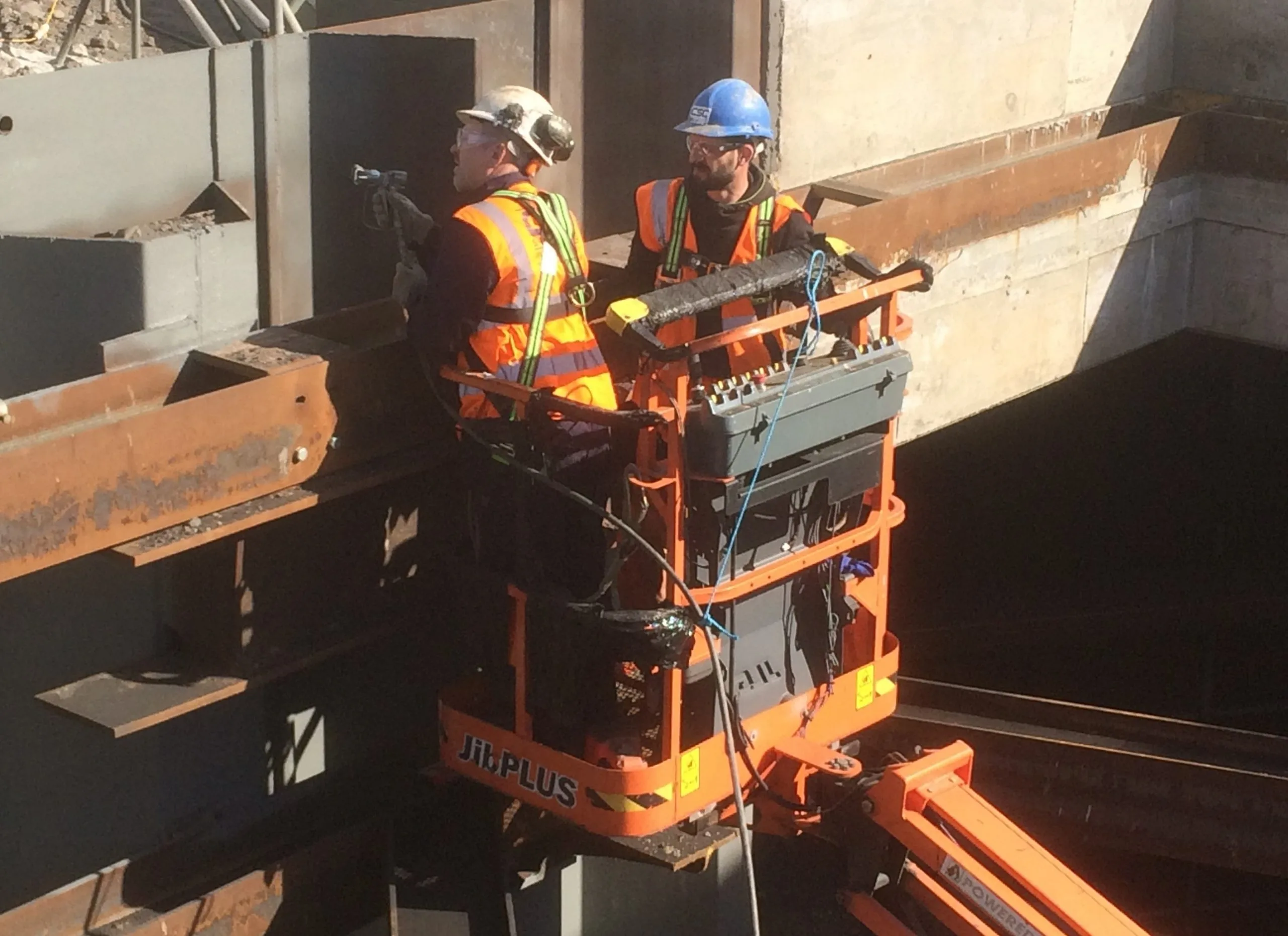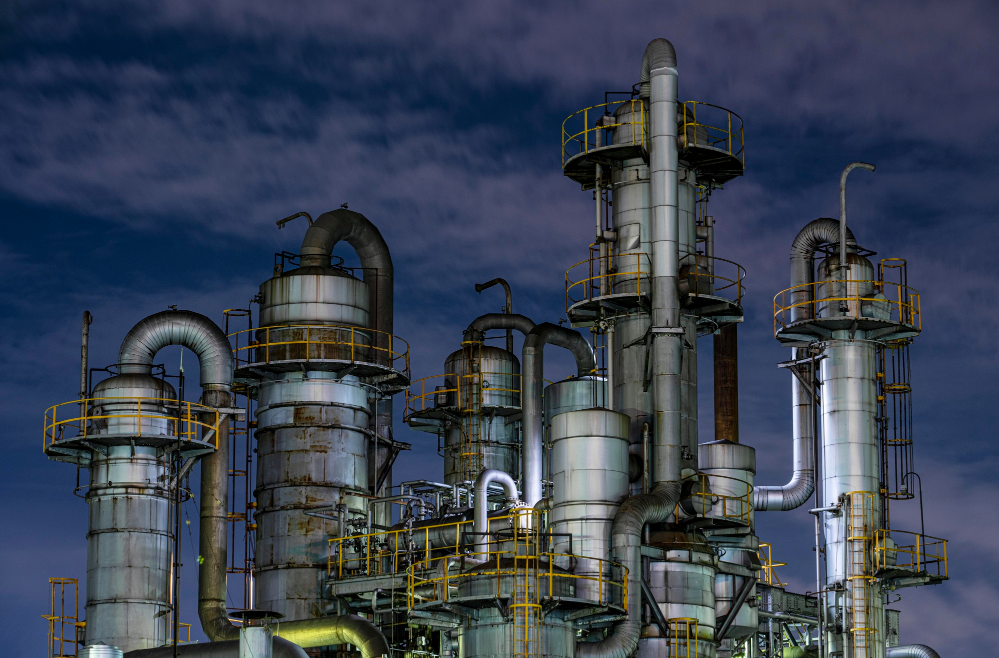Step into the realm of the API 579 Latest Edition. In this article, we will explore the latest updates in API 579 and understand their significance for you and industry standards. Read on to uncover the changes in API 579 and why they hold a crucial place in the engineering landscape.
What Is API 579?
API 579/ASME FFS-1 is an essential set of industry guidelines. It is like a manual for you that helps you check, assess, and monitor equipment to ensure safety. This standard mainly focuses on three types of equipment: pressure vessels, pipelines, and tanks, commonly found in industries like oil and gas.
These guidelines give you a structured way to decide if the equipment is still good to use, even if it shows signs of wear and tear. By following API 579-1/ASME FFS-1, you can ensure this equipment stays safe and continues to work correctly. This is important in industries where safety and efficiency are critical, as it helps avoid accidents and keeps the equipment running smoothly.
How Many Updated Versions of API 579 Since The First Launch?
Since the first time it was launched, API 579 has been renewed
1. API 579 First Edition (January 2000)
The first edition of API 579, released in January 2000, laid the foundation for assessing equipment and structure safety. It provided basic guidelines. For example, it outlined how to check the thickness of pipes, ensuring they meet safety standards. Later editions aimed to improve and refine these guidelines.
2. API 579 Second Edition (June 2007)
The second edition, published in June 2007, marked a significant step forward. It introduced better ways to assess and manage risks. It introduced advanced risk-based inspection methods. You could now assess and manage risks more effectively. An example is the enhanced method for evaluating pressure vessels, making them safer and more reliable.

3. API 579 Third Edition (June 2016)
The third edition, released in June 2016, focused on providing more comprehensive material data. You could access the latest material properties and specifications, ensuring they used suitable materials for safety. Additionally, it included practical case studies, such as how to assess storage tanks, offering real-world insights. Some of the notable changes in the third edition of API 579 are:
1. Reorganized for Ease of Use and Updates
The standard was rearranged to make it simpler to use and update, helping you find information more easily.
2. Expanded Equipment Design Code Coverage
The standard now covers a broader range of equipment design codes, providing more guidance for you.
3. Added Annex for RSF
An additional section, called an “Annex,” was added to help establish something called the “Remaining Strength Factor (RSF).” This helps determine the remaining strength of the equipment.
4. Simplified LTA Criterion
The Level 1 criteria for assessing “Local Thin Areas (LTA)” were more accessible. They did this by changing how they define some equipment components, making it easier for you to identify issues.
5. Updated Crack-Like Flaw Rules
The rules for dealing with crack-like flaws were improved. This helps you assess and manage cracks more effectively.
6. Improved Weld Residual Stress Solution
They re-wrote the section on solving weld residual stress problems. This helps when assessing flaws in welded joints.
7. Enhanced Material Toughness Predictions
The guidance on predicting the toughness of materials was updated. This is important when assessing flaws in materials.
8. Updated Creep Damage Assessment
The procedures for evaluating creep damage were improved, making it easier for you to assess this type.
9. Added Metallurgical Investigation Annex
An additional section, called an “Annex,” was added to cover metallurgical investigations and evaluating mechanical properties in fire damage cases.
10. Introduced Part 14 for Fatigue Damage
A new section, known as “Part 14,” was introduced to address the assessment of fatigue damage specifically. This guides on assessing wear and tear in equipment.
4. API 579 Fourth Edition (December 2021)
The fourth and most current version of API 579 was published in December 2021. It expanded its reach to be used worldwide. This edition was about improving document organization, making it easier for you to navigate and find the needed information. For instance, it streamlined the guidelines for checking the integrity of heat exchangers, ensuring safety and reliability.
What Updates Contained in The Latest Version of API 579?
1. Stress Analysis Provision
They added a new rule that allows you to calculate the maximum allowable working pressure (MAWP) using the guidelines in Annex 2D. This helps ensure equipment can handle the expected pressure.
2. Svensson Method for Burst Pressure
A new method, called the Svensson method, was introduced for calculating burst pressure. This helps in assessing the strength of equipment when dealing with pressure.
3. Ramberg-Osgood Stress-Strain Model
The Ramberg-Osgood stress-strain model was updated and can now be used for a Level 3 evaluation. This model is essential for understanding how materials respond to stress.
4. Guidance for Material Properties
Additional guidance was provided for Level 3 evaluations involving pipeline materials. This helps you make more accurate assessments of pipeline integrity.
5. Definition of Shock Chilling
The definition of “shock chilling” was expanded. This term refers to sudden cooling and is essential in safety assessments.
6. Thickness Limits for Impact Test Exemptions
Specific thickness limits were added for exemption from impact tests in Level 1 evaluations. This ensures that certain equipment meets safety standards.
7. Exclusion of Mill Tolerance Effects
They explicitly stated that mill tolerance effects are not to be considered in assessments for brittle fractures. This is to ensure the accuracy of safety assessments.
8. Impact Test Exemptions for Flanges
Changes were made to impact test exemptions for flanges in alignment with ASME VIII-1. This ensures that flanges meet the necessary safety criteria.
9. Pressure Rating Basis for Components
Components not exposed to general primary membrane tensile stress must be evaluated using the pressure rating basis in a Level 2 Assessment. This ensures the proper evaluation of these components.
10. Point Thickness Reading (PTR) Approach
Qualifications for the Point Thickness Reading (PTR) approach were revised to prevent the method from being misapplied and to ensure local damage is not overlooked.
11. New Annex 9H
A new section, Annex 9H, was added, addressing constraint effects for surface flaws in carbon and low-alloy steel components in the ductile-brittle transition region. This helps assess the safety of these components.
12. New Annex 9I and 9J:
Two new sections, Annex 9I and Annex 9J, were introduced to provide alternative estimates for Mode I Stress Intensity Factors and determine the Minimum Allowable Temperature (MAT) using a Fracture Mechanics Approach. These additions enhance safety assessments.
What Are Some FAQs About the Latest API 579 Edition?
1. Why Is API 579 Crucial in The Industry?
API 579 is a critical document in the engineering industry. It provides guidelines and standards for assessing the integrity and safety of equipment and structures, ensuring the reliability of essential assets.
2. How Do you Benefit from The Updates in The Latest Edition?
The updates in the latest API 579 edition offer you improved methods for risk assessment, fitness-for-service evaluation, and access to updated material data. This ensures safer and more efficient operations.
3. Are The Changes in API 579 Applicable Worldwide?
Yes, the latest edition of API 579 is designed to be applicable globally, considering international standards and regulations, making it a valuable resource for you worldwide.
4. Can You Provide An Example of How API 579 Is Applied in Real-world Scenarios?
Certainly! API 579 case studies showcase how the standards are applied in various engineering scenarios, offering you valuable insights into practical implementation.
5. How Can you Access the API 579 Latest Edition?
you can obtain a copy of the latest edition of API 579 from authorized distributors, their organizations, or libraries.
6. Are there training resources available for you looking to learn more about API 579?
Yes, PetroSync provides you API 579 training committing to deepen your knowledge of API 579. These resources provide in-depth insights and practical guidance.
The API 579 Latest Edition brings improvements and enhancements to the engineering industry, providing you with advanced methodologies, updated material data, and practical case studies. With its global applicability, API 579 continues to be a vital resource for you worldwide, ensuring the safety, reliability, and efficiency of equipment and structures.
To empower you further and align your knowledge with the latest API 579 standards and Fitness for Service assement, you should consider joining PetroSync’s API 579 training. Our courses are consistently updated to reflect the most recent edition, guaranteeing you receive the most relevant and up-to-date knowledge. Participating in these training programs not only equips you with in-depth insights but also keeps you ahead of the curve in your field. This, in turn, allows you to contribute to the safety and performance of equipment and structures, ensuring you are well-prepared and informed in your engineering endeavors.
Credit header image: CSC Services






